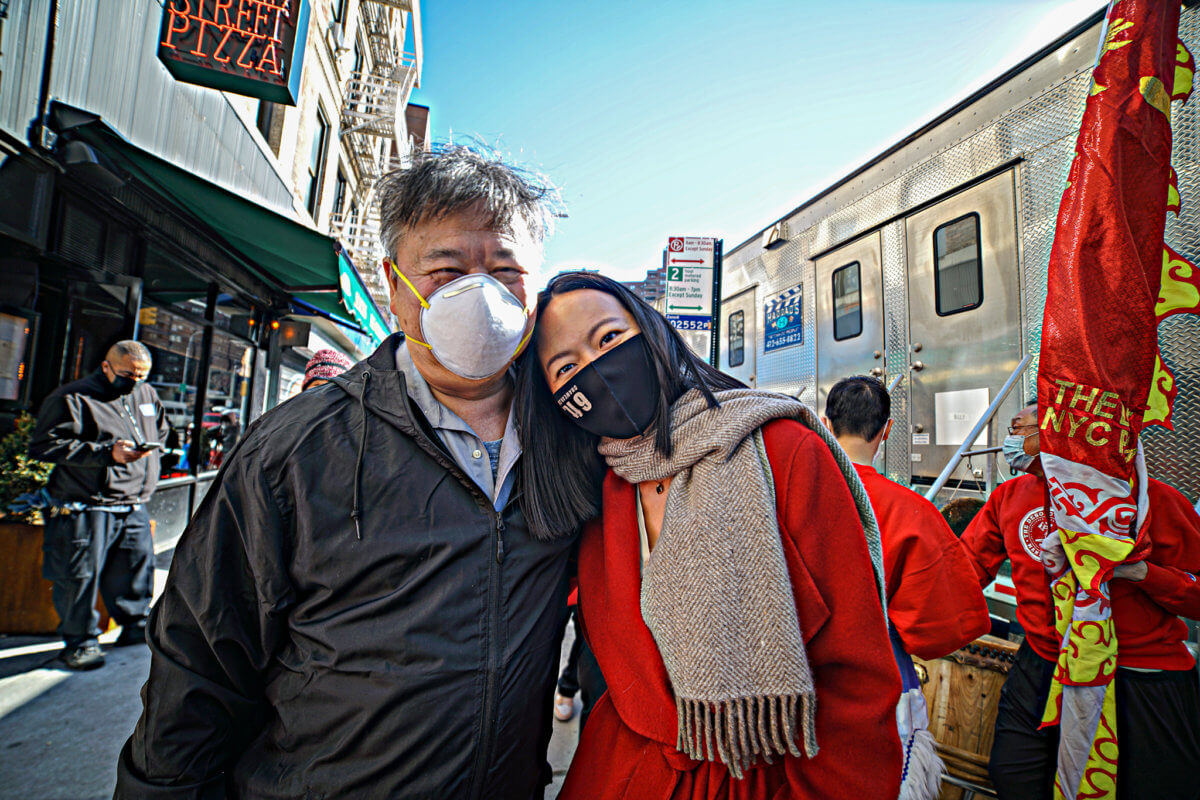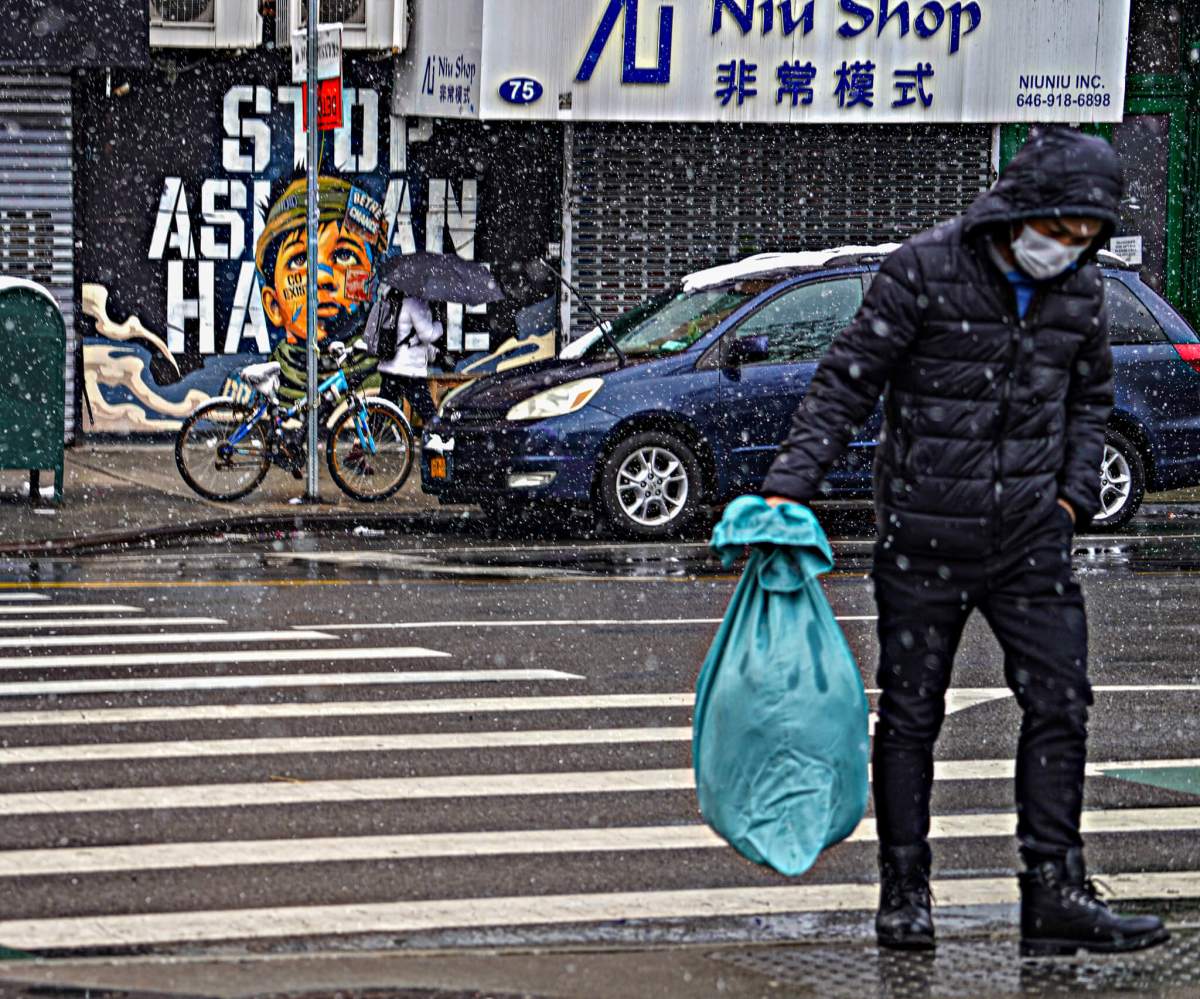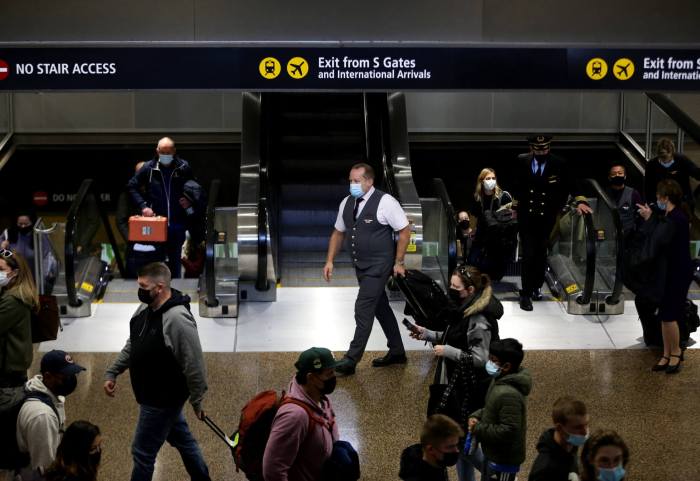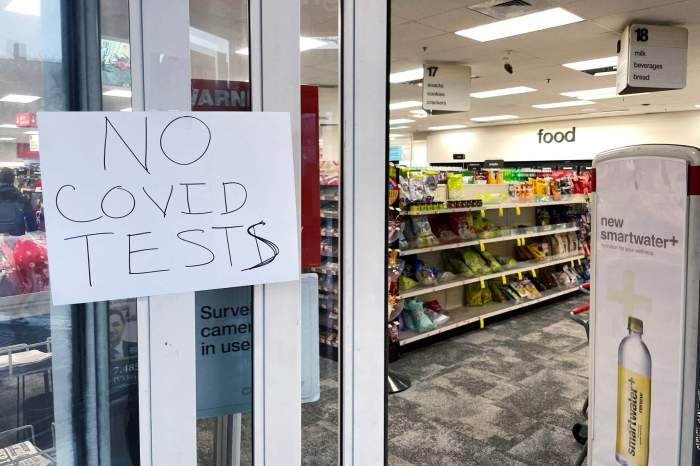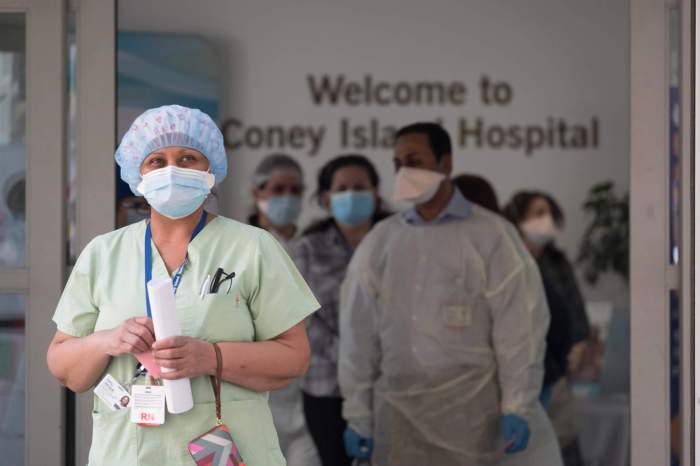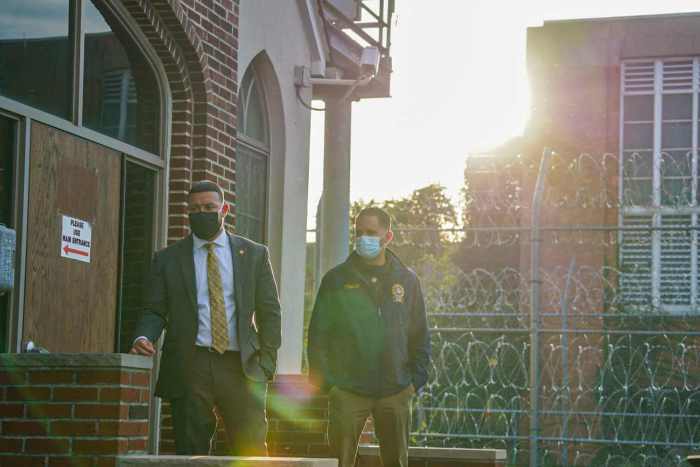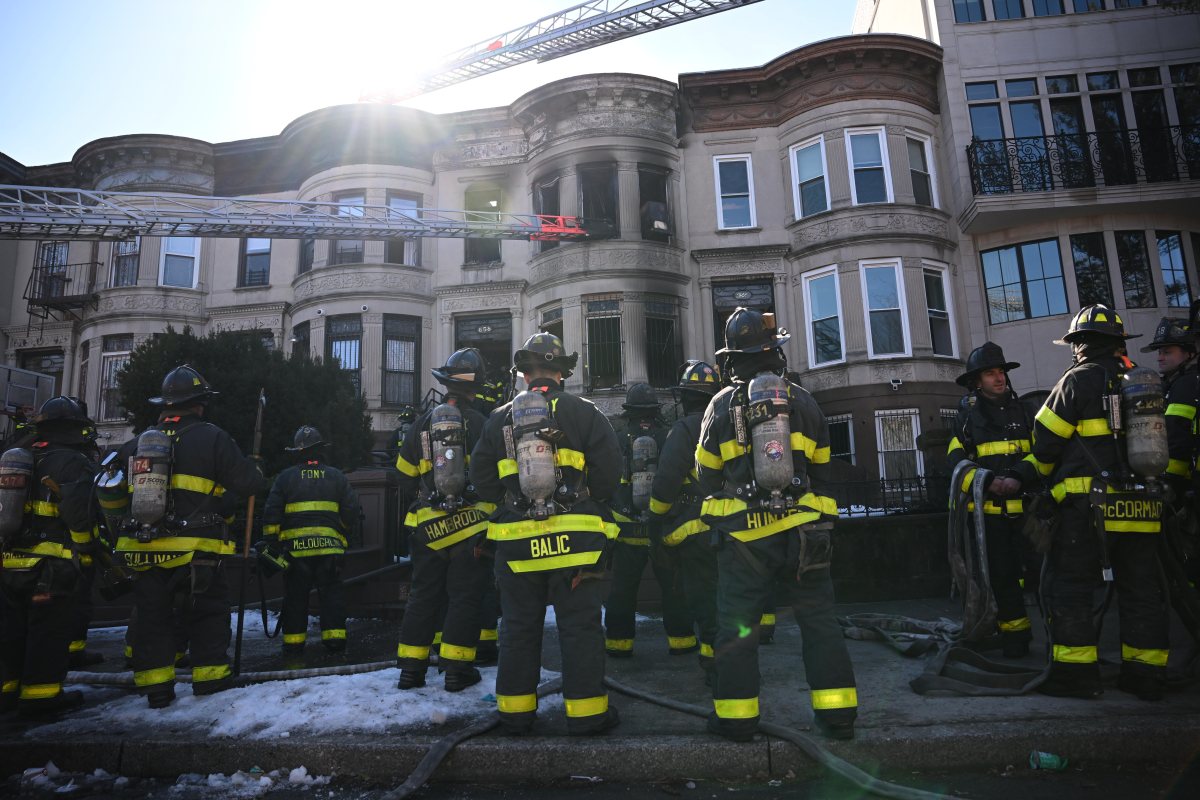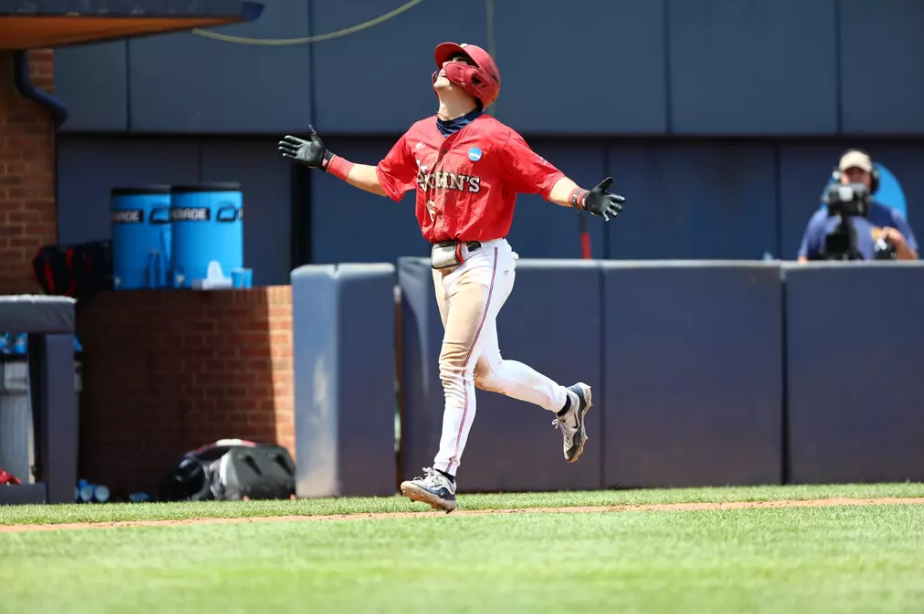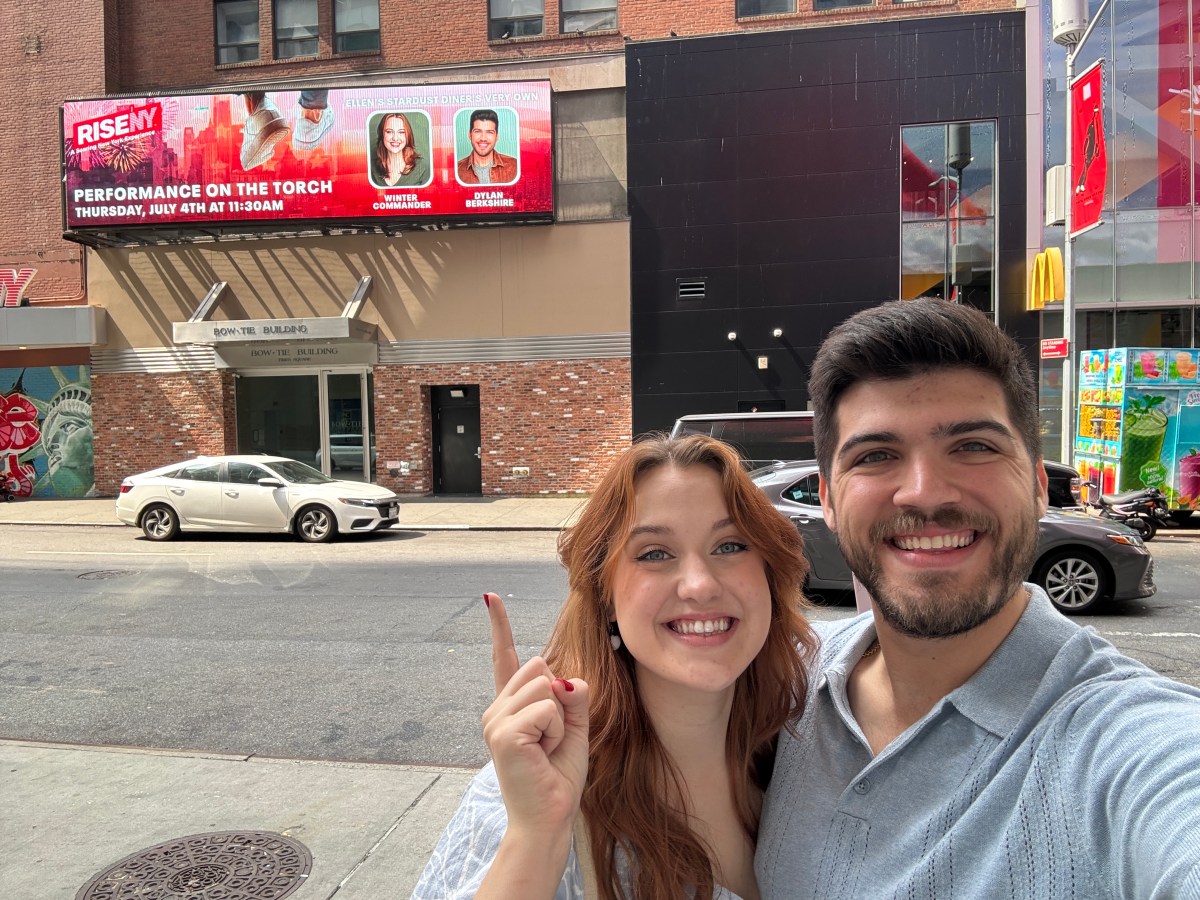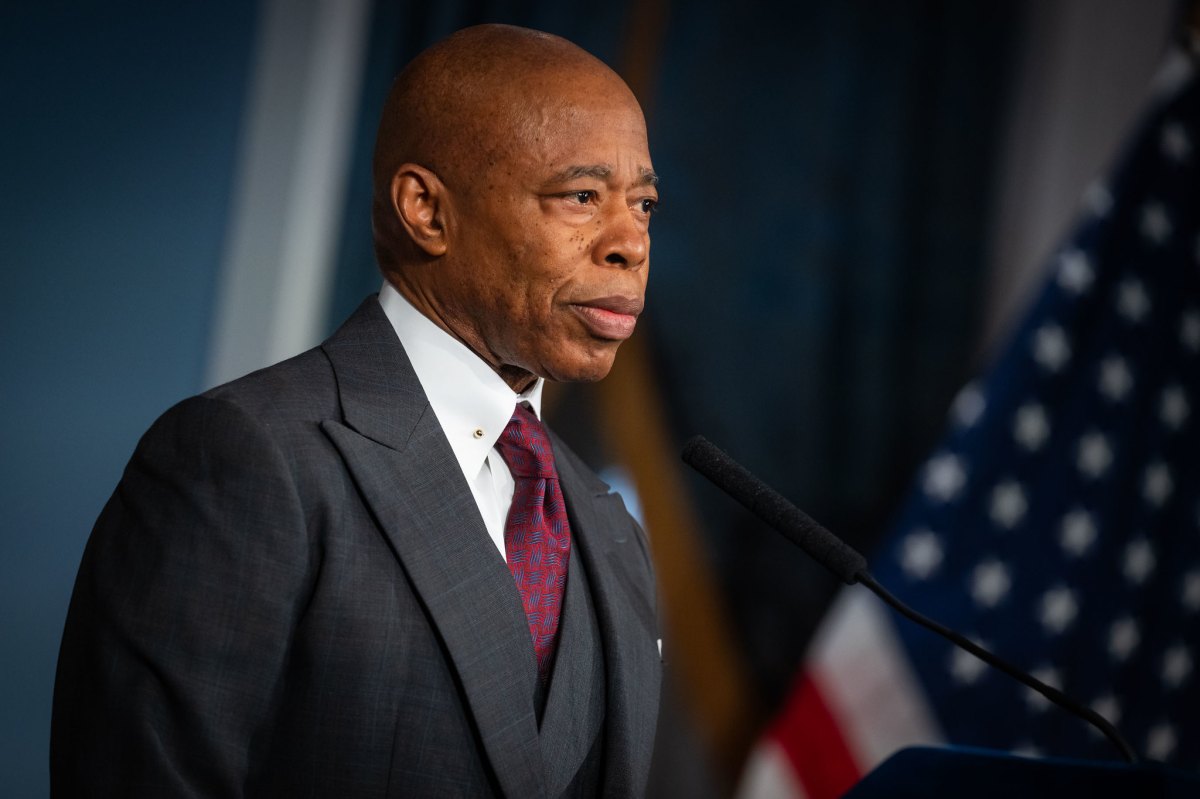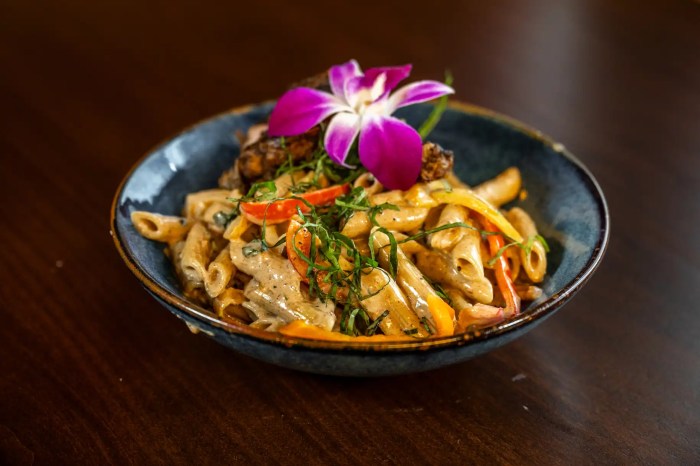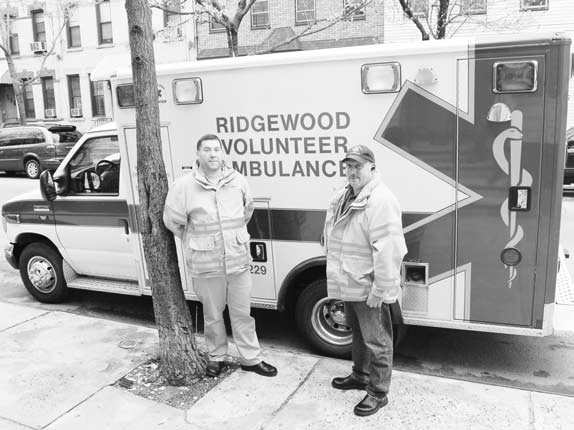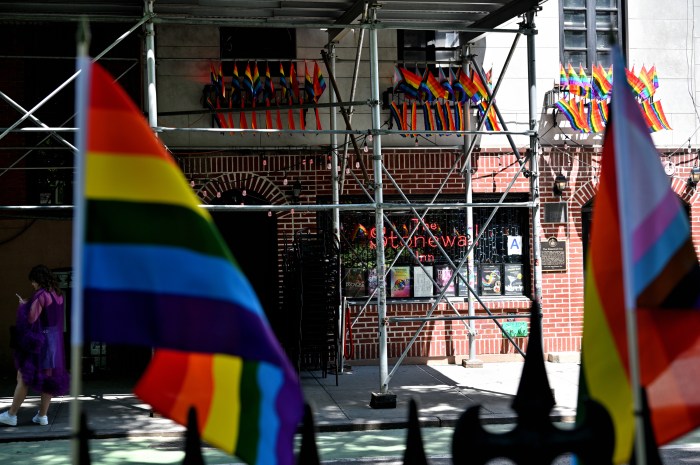Chinatown residents were first marginalized, then shunned during the COVID-19 pandemic — and now they feel forgotten.
Although city and state officials say COVID-19 numbers are beginning to skew in the right direction and are in the process of lifting mandates and restrictions, communities like Lower Manhattan’s Chinatown are still suffering the pandemic’s ramifications, with some residents claiming the area to be in worse straits now than ever before.
During the worst of the pandemic, it was unfortunately not uncommon to see breadlines popping up all over the city on which adults and children alike waited for hours in hopes of receiving much-needed food supplies. While many communities have been able to bounce back thanks to reopening storefronts and the return of in-person work, Chinatown remains in dire straits according to many of its residents.
In addition to being unjustly blamed for the deadly virus, Chinatown locals — still reeling from unprovoked hate crimes and the murder of Christina Yuna Lee, who was stabbed to death in her own home Sunday morning — they are also disproportionately feeling both the economic effects of the virus while also being stigmatized.
Welcome to Chinatown founder Vic Lee regularly communicates with neighborhood business owners who tell her that 2022 is even worse than last year in terms of commerce.
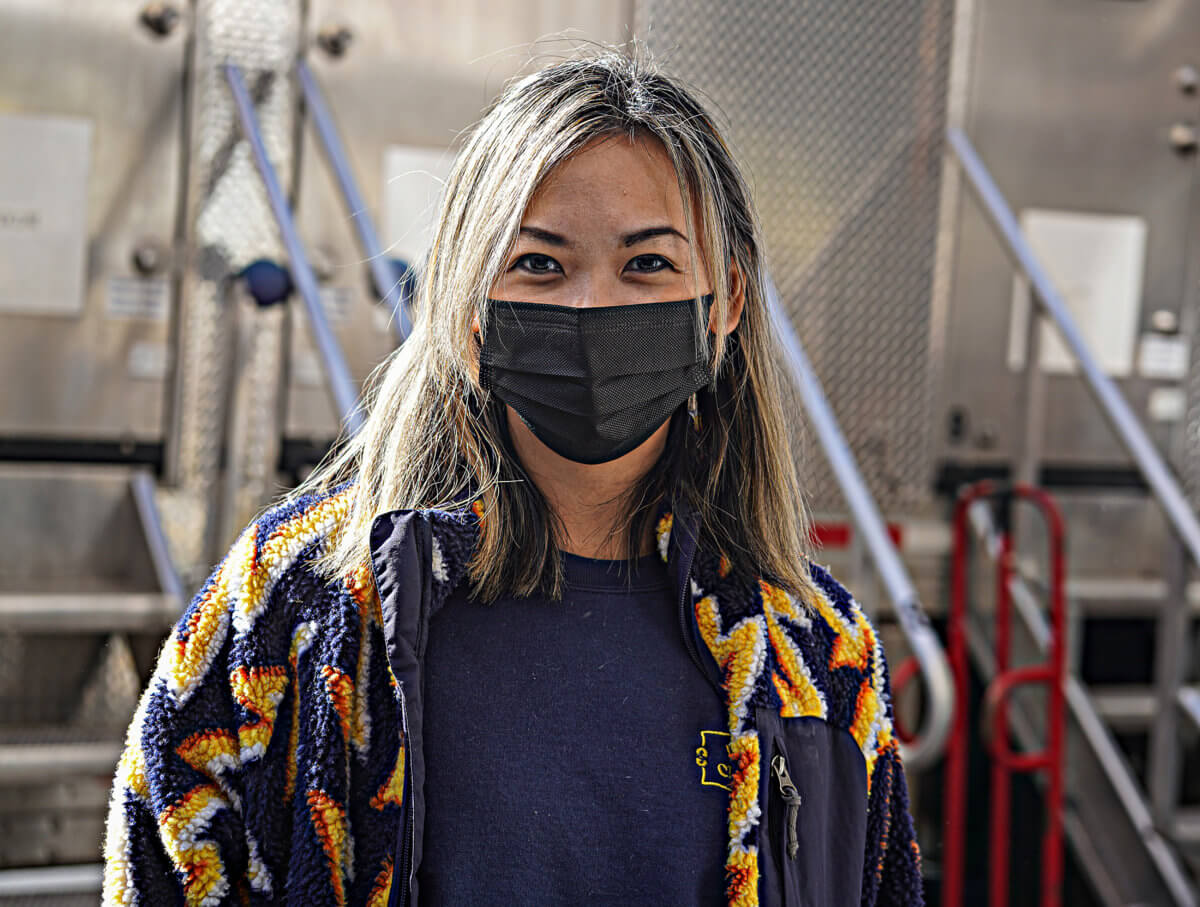
“This Lunar New Year was really unpredictable for them. One restaurant owner that I spoke with said it was worse than last year because of Omicron, there is still a long way to recover,” Lee told amNewYork Metro. “We did a study last year, back rent is $32,000, that was the average back rent from 3,000 restaurants and that has just piled on.”
Chinatown business owners suffer the same issues of other city eateries who are trying to stay afloat amid the pandemic hardships, yet with the added caveat of facing persecution. Asian Lower Manhattan residents in particular have faced vandalism. It is due to situations like these that the Chinatown population is struggling to make ends meet.
A food drive put together by Donald Hong through UA3 Community First on 384 Grand Street twice a week is attempting to ease the burden, but he says the need is extraordinarily great.
“You know what, we’re suffering all over. We [distribute to] about a thousand people a day now,” Hong said, referring to the number of locals who wait on his line for food.
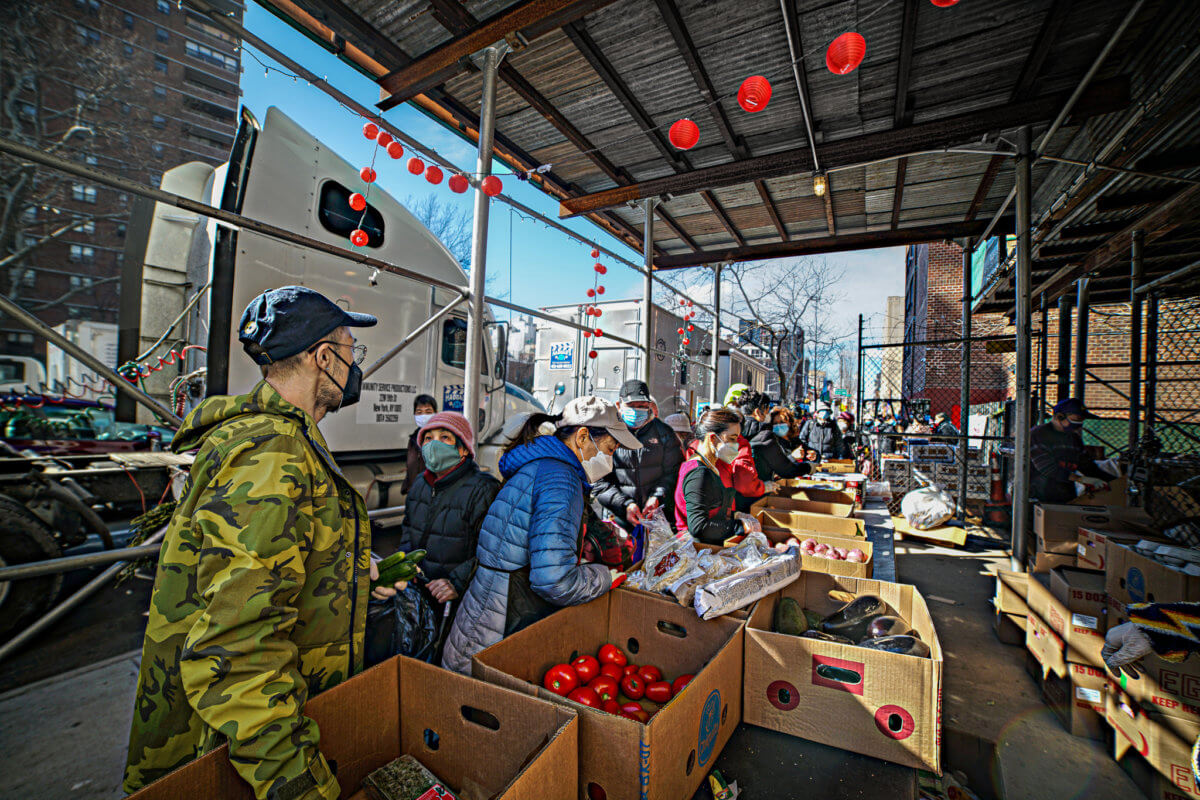
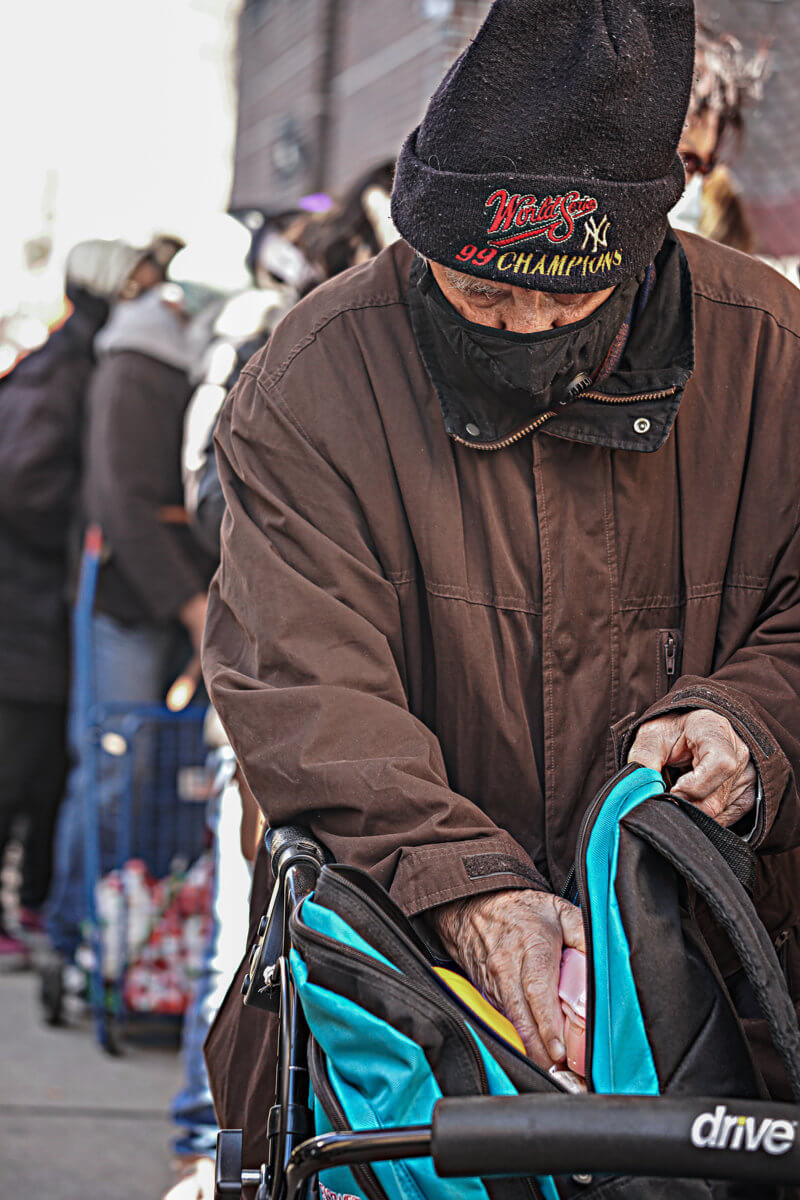
Many who help hand out the food are taken aback by the sheer numbers which mount up in the cold to receive a modest supply. However, perhaps even more shocking than the amount of people who are in need remains who is in need. The majority of those waiting for food are the elderly. This can cause a multitude of quality-of-life issues, not just due to the lack of nutrition, but also other health implications that could stem from waiting in frigid temperatures.
“Depending on whether it’s really cold, we have less volunteers. I give all the credit to the volunteers because they are on the front lines breaking boxes,” Wong said.
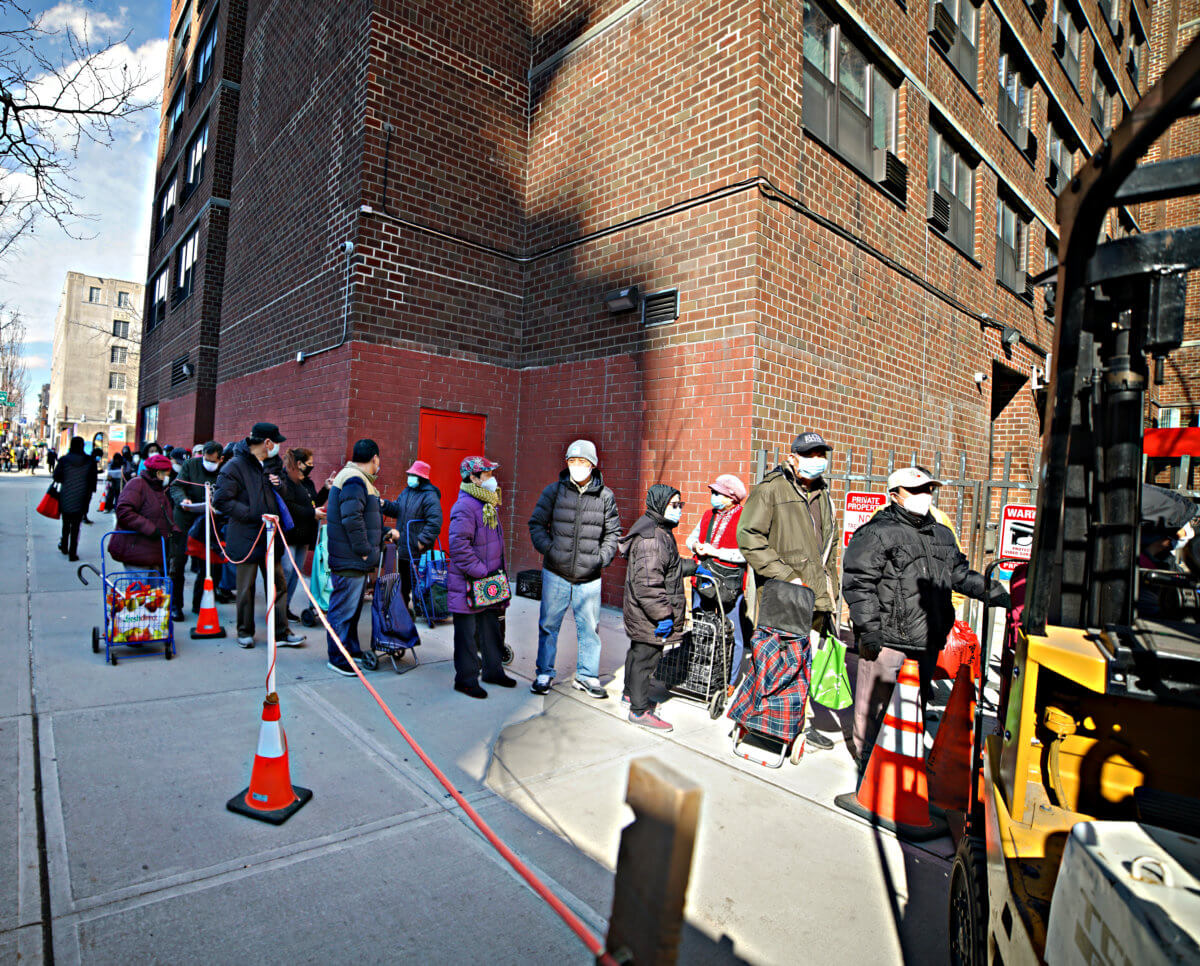
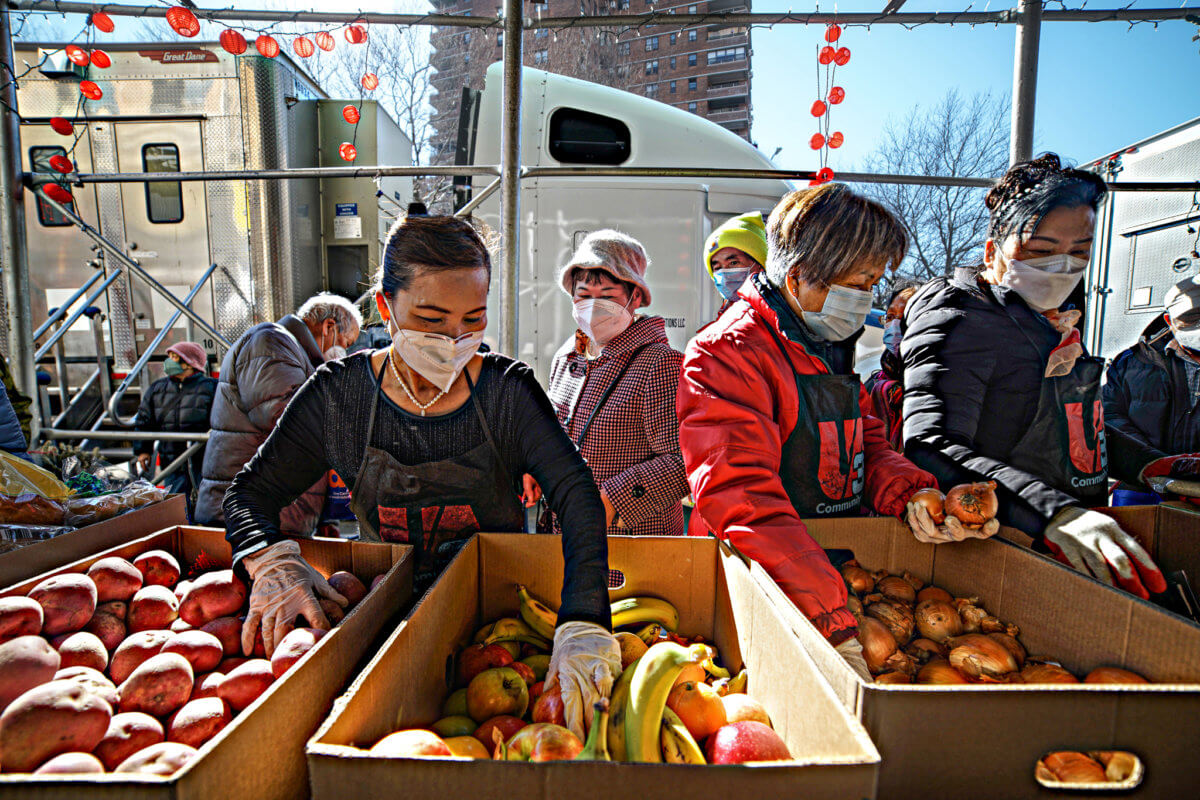
Lee, who volunteers, also spoke on the high percentage of seniors who depend on those programs to survive.
“You can see the senior community here. It’s really important for them to have culturally relevant food that they can eat. It is really important not to see this as a handout but to open eyes to make sure people have food,” Lee said.
Wong explained that he collaborates with about 130 nonprofit organizations in order to make the distribution possible.
